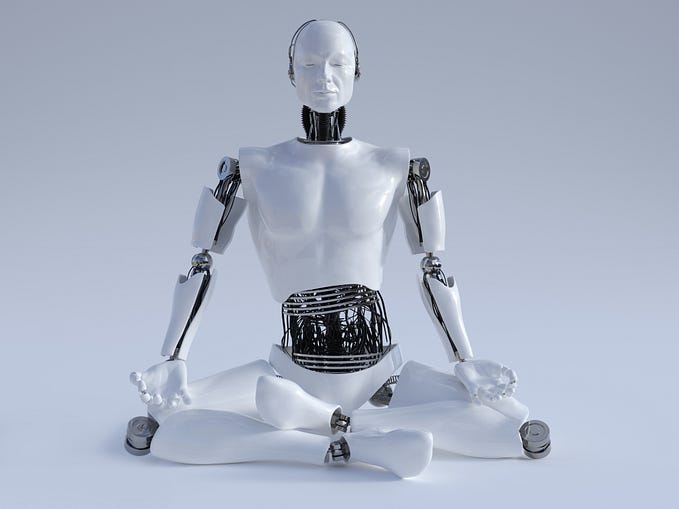Digital literacy opens up a new world during COVID-19
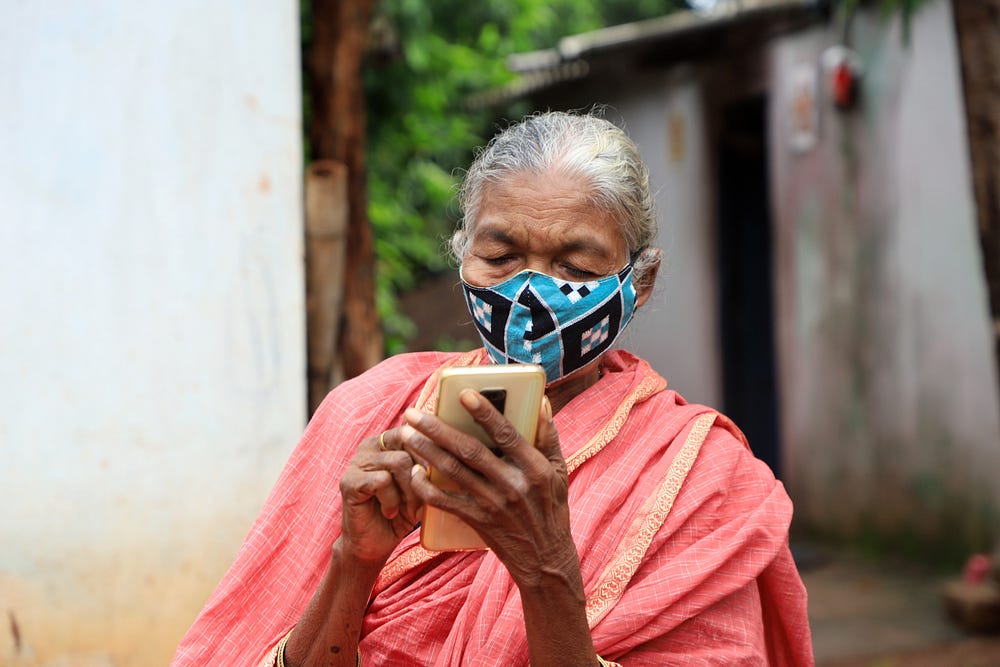
Basanti Sethy, 71, a widow living in Gojabayani slum of Bhubaneswar finds her smartphone opening windows to a new world. The realization of what technology can do dawned on her when she started using the PhonePe mobile app to pay for her utilities.
“I have started using Ola to book auto ride and I have started paying online for electricity and other bills using PhonePe,” she says happily.
Sethy also periodically shops for medicines using other apps and looks up for information about COVID-19 pandemic.
Digital illiteracy has prevented large sections of the elderly and people living with disabilities in India from benefitting from technology. For them, essential services such as booking a cab, transferring money, or applying for a government social protection scheme still mean depending on a relative or a neighbour, or trudging to a bank or government office and waiting in long queues.
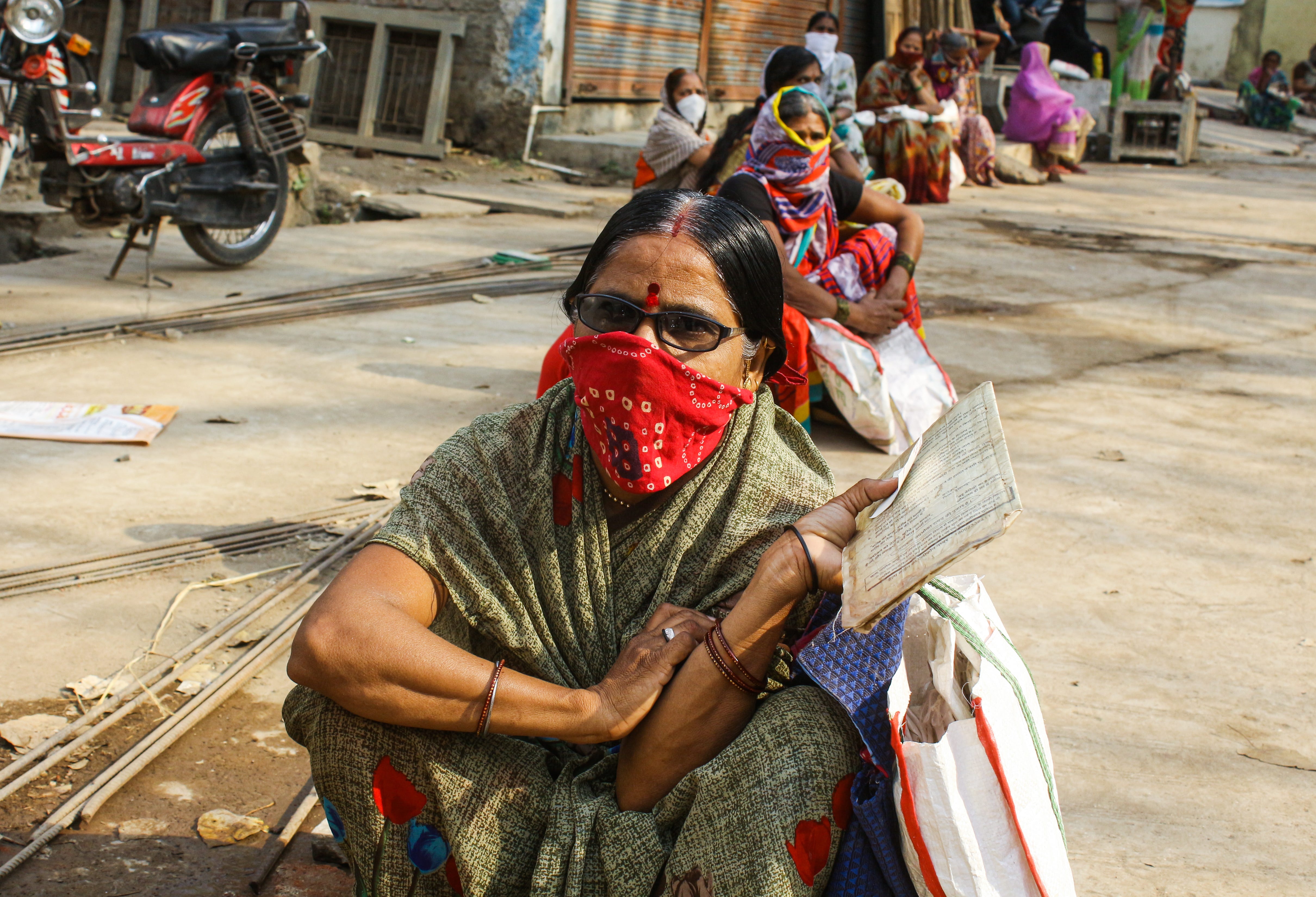
The pandemic has compounded the problem two-fold. As older adults are at a greater risk of getting infected, social distancing has become even more important. And the challenge of getting essentials such as medicine, healthcare or even banking during the lockdown has taken a toll on mental health. In India, close to 10 percent of its population is aged 60 or over.

The partnership between UNDP and the Odisha State Government’s Department of Social Security & Empowerment of Persons with Disabilities Department (SSEPD) has helped not only impart digital but also financial literacy through the help of local volunteers and from civil society organizations and NGOs.
As a result, more than 20,000 elderly residents including people with disabilities, are now digitally literate in Cuttack, Bhubaneswar and Puri, the three cities of Odisha state.
A new study shows that the smartphone boom in India is expected to reach 829 million by 2022.
Most people tend to go for budget smartphones, which cost less than US$54.
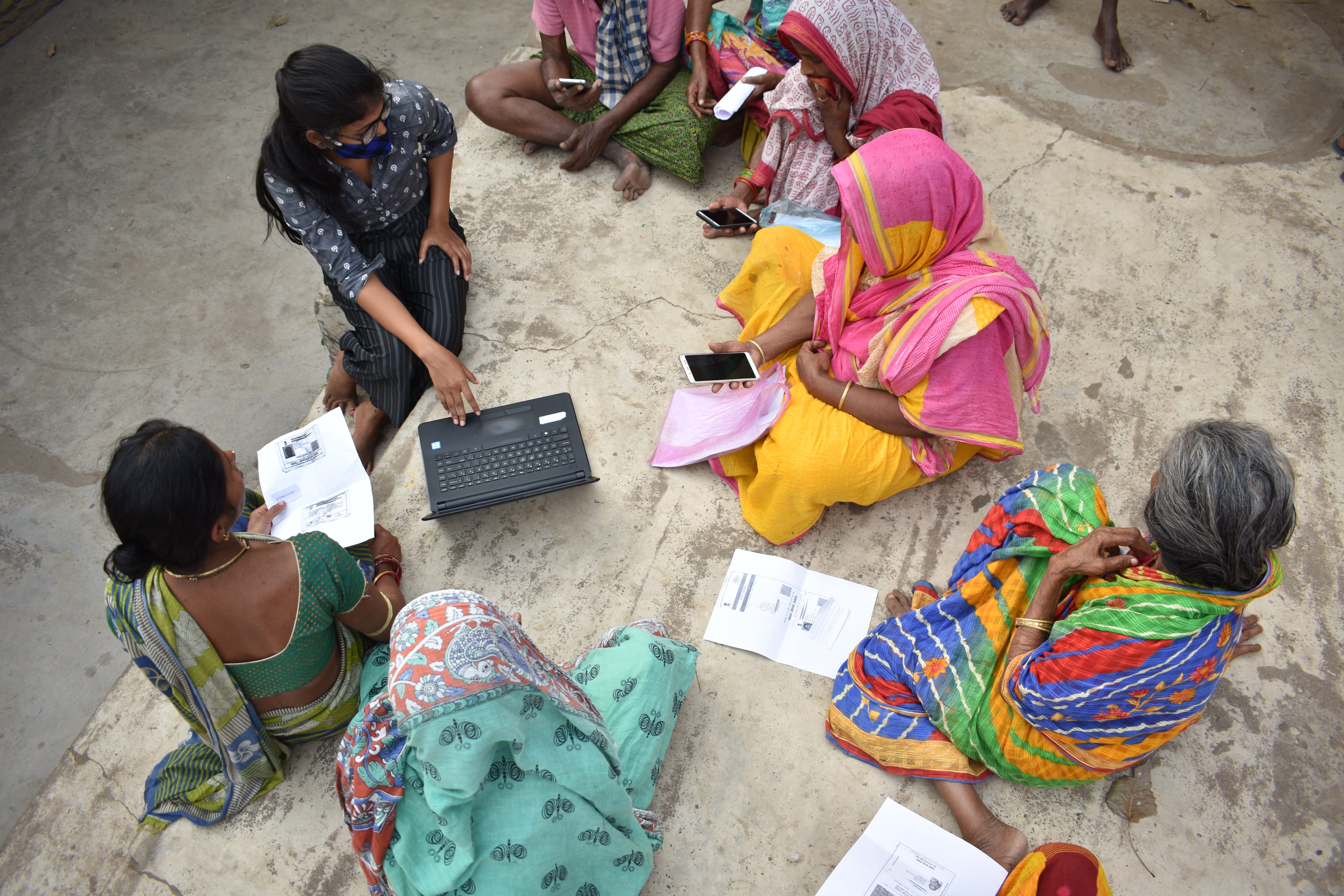
“We also use our own phone to demonstrate apps and social media channels,” says Madhusmita Sahoo. “As it is a new area, orientations are conducted before commencement of training on digital platforms. Group activities, informal discussions with volunteers and folk tales play a key role in the education programme. Flash cards are used to train beneficiaries who do not own a smart phone.”
During the orientation, trainers help to navigate smart phone, use search engines, apply for government benefits such as the disability kit, apply for changes in the Aadhaar card, pay utility bills online, book a cab, connect with loved ones on social media, make video calls through WhatsApp and even get entertainment. The sessions are short and are conducted several times so that participants can grasp the concepts.
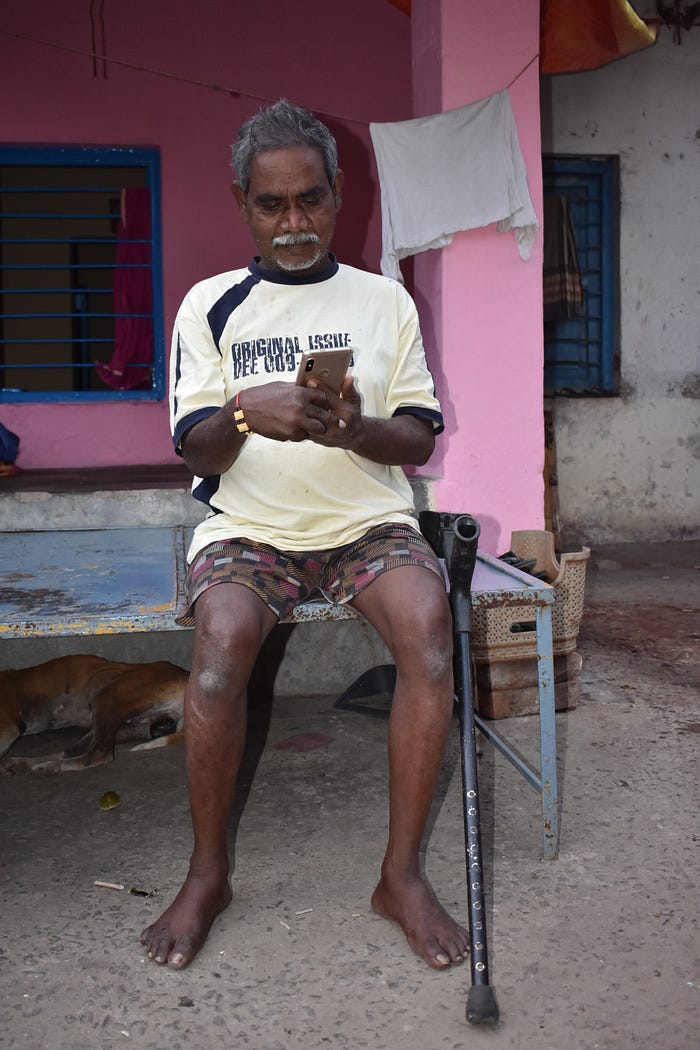
The training also helps the elderly access the SSEPD website where they can register for government social protection schemes, apply for grievance, disability aids, and old age pension either using smart phones or by going to Jana Seva Kendra to avail themselves of many other government services.
The advantages of going digital was never clearer than amidst the pandemic for B Narasingh, 57, a Cuttack resident who had a debilitating accident a few years back. Narasingh now can walk only with a crutch and has been trying to get pension under the SSEPD scheme. The pandemic further complicated things.
“Earlier, it took a lot of effort just to apply for the pension under SSEPD scheme. I gave up as I could not put so much effort. But when a volunteer helped in applying for the pension online, it saved both my money and time. Now I know some basics and I will also help other elderlies like me to get benefits under SSEPD scheme,” says Narasingh.
There is a smile on Renuka Das’s face these days. The housewife, 69, didn’t do much with her smartphone her grandson got her a while back. Now, having learned her way around apps and surfing the net, she cannot wait to share her newfound skills with those around her. A youthful sparkle is back in her eyes.

The programme has not only made the elderly literate but has also made the social isolation brought about by the pandemic a little easier to bear. Technology has proved to be a great equalizer in an unequal world.









